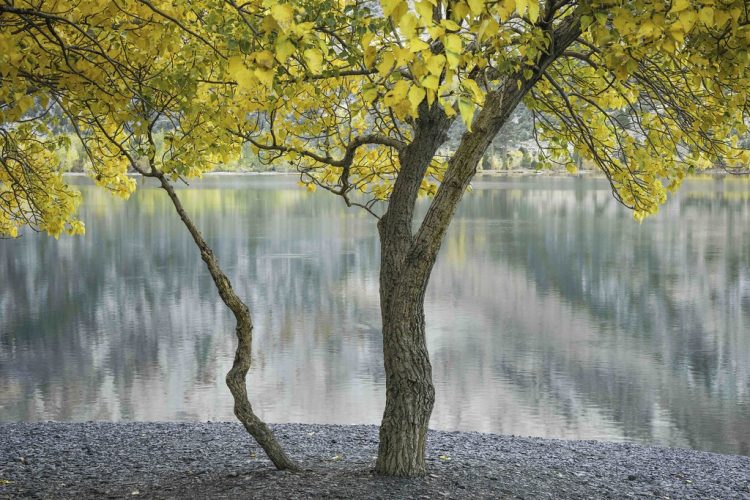Life and Death in the Galápagos

We had just seen a Galápagos hawk soaring overhead when we heard an incongruous sound: here were cats mewing beside the path. I caught a glimpse of a tabby kitten with the bluest eyes.
“I like cats,” our guide said, “but I’ll have to report these to the rangers. They will come here with dogs.”
We were returning from hiking on the tortured volcanic surface of the world’s largest active caldera, Cerro Negro, on Isla Isabela. We walked carefully along the border of the volcano’s crater since the path was narrow and muddy with a fatal drop-off. Fortunately there was a narrow border of green between us and the sheer wall. This is where these feline invaders hung out.
Cats are an exotic species in the Galápagos Islands, maybe introduced to catch the rats that were also introduced accidentally by man. Sometimes bio-control (using one species to control another) works out well, but other times it can be a disaster. Cats in the Galápagos are a disaster. Darwin recognized this danger almost two centuries ago.
Galápagos hawks live only on that isolated group of islands; they are endemic there. They nest in low trees and in the hollows of walls of the volcanic rock of which the islands are made. Formerly the hawks had no natural enemies, but now their eggs, nestlings, and fledglings are easy prey for cats.
A census of Galápagos hawks taken late in the 20th century estimated fewer than 1,000 individuals. These magnificent birds have been eradicated from much of their former habitat so this species is found on only four of the islands now. The Red List of endangered species (
http://www.iucnredlist.org/) says that these hawks are vulnerable to extinction because of introduced predators and their small population.
Of the six ways that humankind sends other species to extinction, perhaps introduction of exotic plants and animals is the second most common.
Exotics may not seem so bad. After all, our homes and gardens are filled with beautiful plants from other lands. Unfortunately they can cause problems in at least three ways. Exotics may out-compete natives; they often don’t have local pests to help control them, as is the case with cats in the Galápagos. Local pollinators often find exotics unattractive so pollinators become scarce, but they are essential to the native plants.
Ecuadorians are doing a fine job of dealing with exotic species. Before we were allowed to camp on the beach, our belongings were fumigated. We had
already paid $100 for a permit to be in the Galápagos; that money helps fund the rangers and other efforts to protect the unique environment. Our small group of “adventure tourists” also was given an orientation, urging us to respect this amazing place with its many endemic plants and animals.
Destruction of habitat and contributing to climate change are two other ways that humans are causing the mass extinction of species. As the numbers of humans has grown, and as we “improve” the landscape with more agriculture and construction, there is simply less space for other species. Not only do we use more and more of the land, but also we break up what there is so it is of less value to critters.
Climate change is also wreaking havoc with many plants and animals. Species that need cold, or whose pests are controlled by cold, are susceptible to our climate’s warming. A local example is little pikas that live high in the mountains. They are happiest with lots of snow and cold winters. They can move up in altitude as the world warms, but our mountains only go so high. If the world gets too hot, they will all “go to heaven.”
We were fortunate to see a number of giant Galápagos tortoises, although they were in special refuges. It is a wonder that there are any left, however. They can live for a year without food or water, so sailors in 19th century used them on board ship as living larders. Overharvesting is another way that species have been sent into extinction; indeed there were 15 species or subspecies of Galápagos tortoises, but there are only 10 now.
There is hope for endangered species, at least in the Galápagos. Efforts to protect their endemic hawk have apparently been successful because recent population estimates suggest that there are now almost 2,000 members. There are even plans to reintroduce them to islands where they have been driven to extinction. I feel good that our small contributions paid for by the permits to enter the islands have been effective in helping to preserve one of the wonders of nature.

